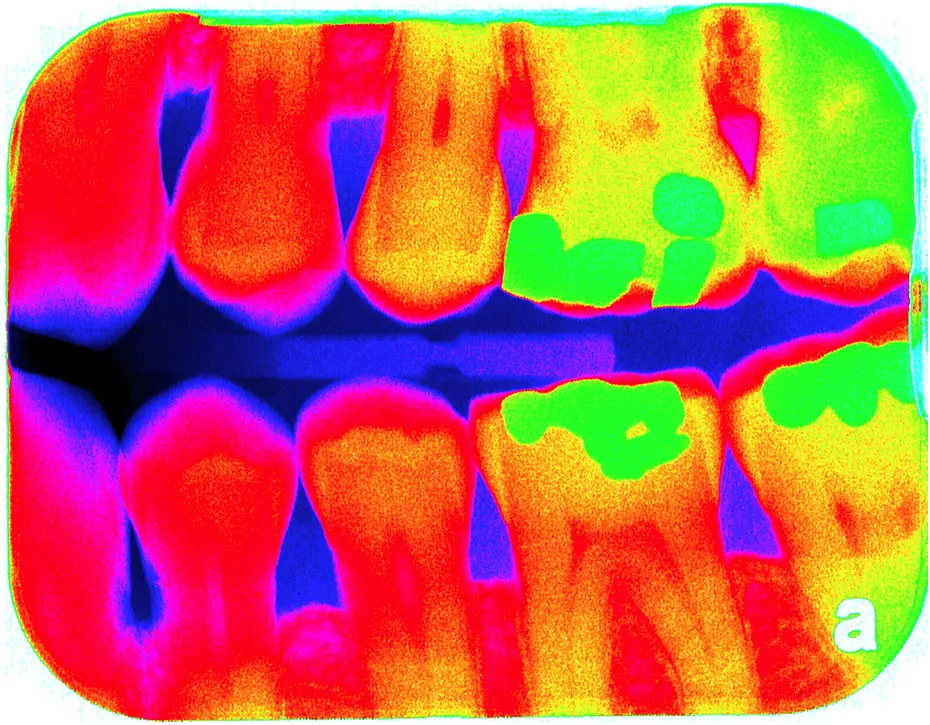At Family Dental Group, our patients are at the center of everything we do, which includes the kind of technology we have chosen to use here in our clinic. A lot of our most advanced technology is invisible to you, our patient. We understand that you may not care what kind of servers we run our systems on or how we capture digital radiography, you just want to see what the doctor is seeing and have our team help you understand what you are looking at.
“Co-diagnosis” is simply sharing clear images of your own teeth, x-rays, and/or periodontal charting to allow you to see as much as the dentist sees. Co-diagnosis is also, more importantly, giving you the means to ask questions and share concerns so you can fully understand everything you are seeing, as well as feel the treatment plan is the right one for you. It’s quite empowering when you don’t have to take everything on faith! Here at Family Dental Group, we help provide the best information for you to make good decisions; ultimately, you are the one in control of your dental care. We encourage you to come co-diagnose with us, after all, you are at the center of everything we do.
Digital Panoramic X-Rays
At Family Dental Group we have digital panoramic radiographs. This type of radiograph allows patients to see a complete detailed image of the entire mouth including the teeth, jaw (upper and lower), sinuses, and temporomandibular joint (TMJ). This radiograph is very important for children and young adults to visualize unerupted teeth.
Digital X-Rays
Our office uses the latest in digital x-ray technology. Digital x-rays offer a detailed image of your entire mouth and also offer up to 80% less radiation than traditional film x-rays.
X-rays play an invaluable role in the diagnosis of dental problems, as well as provide a clear picture for a dentist to accurately diagnose and provide the necessary treatment.
We place a small sensor in your mouth. The sensor is connected to a computer by a thin wire. Next, an x-ray beam is sent through your teeth and into the sensor, which records the image of your teeth and sends it to the computer. The sensor can then be repositioned to image other sections of your teeth.
The digital dental x-ray system is more sensitive than dental x-ray film systems, so your exposure to x-rays is cut by as much as 90 percent. The large and color-enhanced images let you see what your dentist sees, so it’s easier for you to understand how your dentist will treat your teeth. Your dental checkups take less time, and it’s fun to watch this system work! Most patients are amazed.
Intra-Oral Camera
We provide our patients with an intra-oral video examination. This allows both the dentist and the patient to see the condition of the mouth at the same time. The patient and the dentist can then discuss treatment options together.
Co-Diagnosis is changing dentistry
Article written by Annette Dusseau, DDS, MAGD, ABGD
Have you ever wondered what your dentist is looking at? More and more dental patients no longer
have to wonder. With the increasing use of new digital technologies, 21st century dental patients have
access to much of the same information as their dentist. This new technology sounds intimidating and
expensive but it is really neither. Virtually all of these systems pay for themselves in efficiency so in my
practice, we haven’t had to charge extra for any of these services. The old saying “A picture is worth a
thousand words.” is as true today as it was a hundred years ago. These pictures save us a great deal of
time explaining things to our patients along with the huge time savings compared with managing
physical records and mailing x-rays.
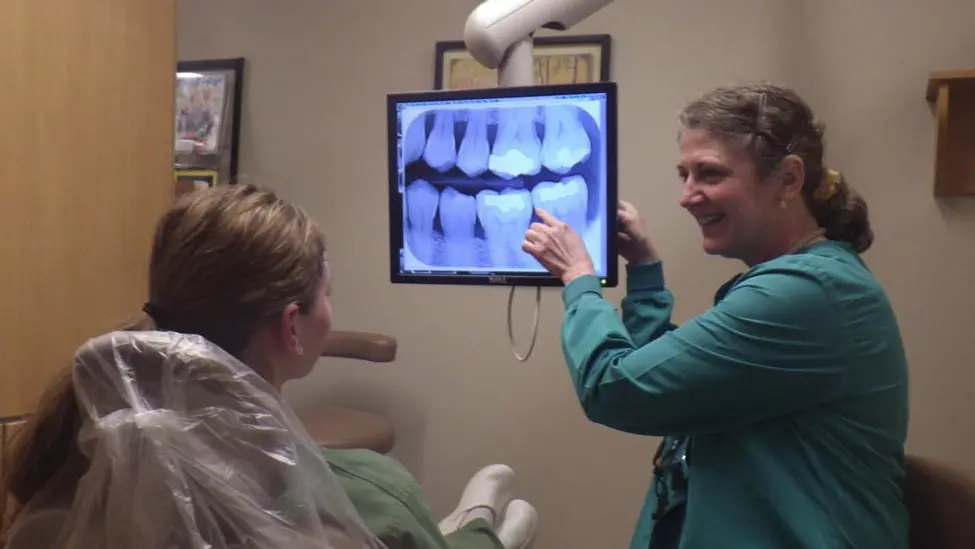
Co-diagnosis sounds like a new innovation but it is really a very old concept. When the first healer
pointed at a rash on a patients arm and said “I think this is what it is because…” he (or she) was engaging
their patient in co-diagnosis. It is simply having your patient look at what you are looking at and
discussing it with them. Physicians have been doing this for years when they clip an x-ray film up on a
light box and go over it with their patient.
Engaging patients in co-diagnosis has been a lot harder for dentists. When we took x-rays using regular
film, we were able to produce very clear images that were about the size of a large postage stamp. That
was a great medium for me because I look at dental radiographs all day long. My patients struggled
with these small images. I spent years pointing at x-ray films with a very sharp pencil trying to explain to
my patients what I was seeing. Most would nod politely and their eyes would slowly glaze over as I
persisted in trying to help them see the cavity in their tooth or the infection in their bone.
I’ll never forget when we first brought digital radiography (digital x-rays) to our practice in 2005. We
had just installed the system and we were doing some training when one of my receptionists told me we
had a patient who really needed to see a dentist. She said he appeared to be pretty uncomfortable and
asked if there was anything we could do. We rarely shut down our clinic for this very reason. Patients
don’t care if you need to train or field new equipment—they need you when you need you. I told the
gentleman that if he would agree to help us train on the new system, I’d have my assistant take an Xray and I’d perform the exam free of charge. He readily agreed since he was obviously in pain. This
worked out great for us because we had some less than perfect teeth to evaluate with the new
technology.
I put the X-ray up on a computer monitor right in front of my new patient. He just looked at me and
said “Well, anyone can see that tooth needs to go.” He pointed directly at his broken tooth. I was
astounded at how quickly this patient who was clearly not a frequent visitor to dental clinics was able to
co-diagnose his problem. Of course that was a very easy diagnosis to make. Most of my patients are
able to recognize the problem once I help them understand what they are looking at. I mostly act as an
interpreter to help them understand this foreign language of dentistry and dental radiographs.
These days my patients also have the benefit of intraoral cameras. These are specially designed
cameras that we can use to take a full color, close up image of a single tooth or inflamed gums. Intraoral cameras are a great complement to digital radiography because some problems don’t show up on
X-rays. That is why your dentist is doing a lot of looking and probing when they perform a dental
examination for you. Often, a dental problem will present clearly to me both clinically and on an X-ray,
but the color photo really helps my patient understand some problems that are difficult to see on x-rays.
Most dentists have looked at tens of thousands of x-rays so something that is obvious to us may not
jump out at someone who doesn’t read X-rays for a living. The intraoral cameras really help in these
situations.
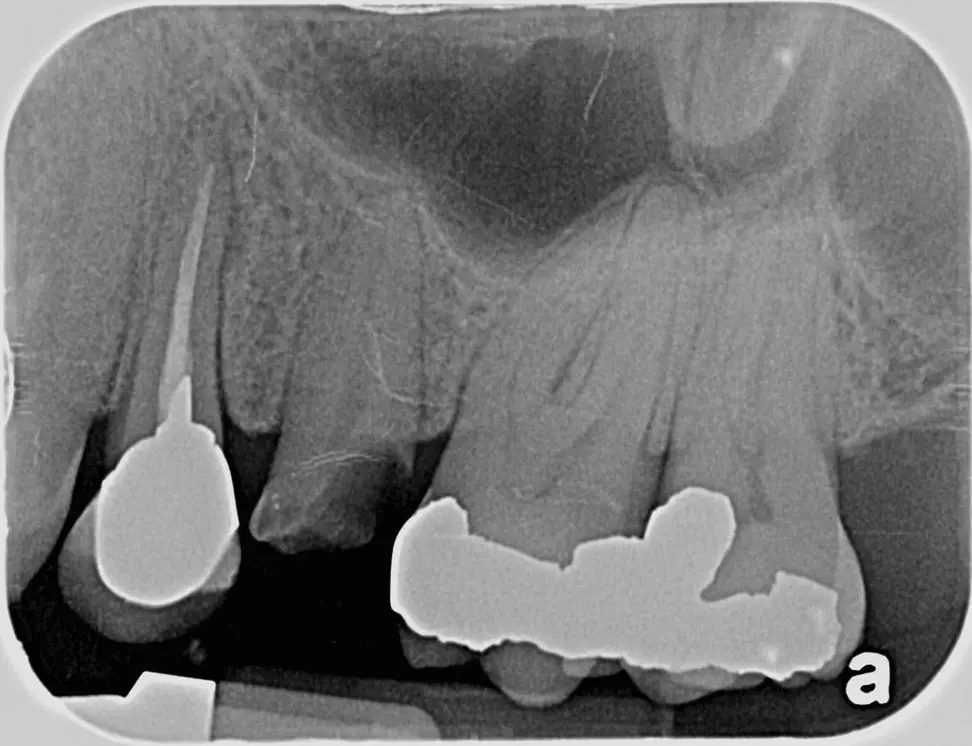
These technologies have really changed my interactions with my patients. Instead of “pushing” foreign
and intimidating information on them, I spend a lot more time just answering questions. My patients
are “pulling” information out of me so they can better understand what they are looking at and what
their options are. In most cases, if I can help my patient understand what they are seeing, they come to
the same clinical conclusions I do. It makes my job a lot more fun because I get to have an informed
discussion with my patient rather than lecturing to them. It is more like two colleagues discussing
treatment options than a doctor just telling a patient what they should do.
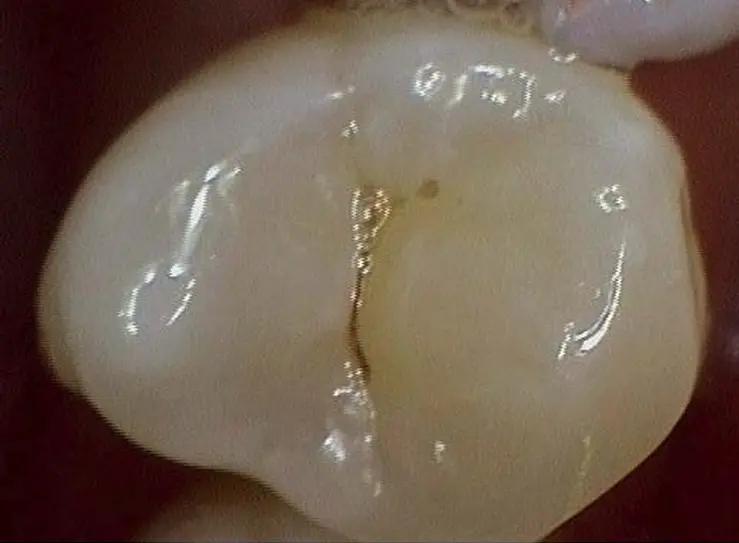
Co-diagnosis doesn’t mean we always agree. Sometimes my patients decline my recommendations.
This is fine as long as they are making an informed decision. There are risks and rewards associated
with any clinical action or inaction. In health care, we are usually balancing the probability of bad things
happening if we don’t act vs. the limited risks of pursuing treatment. Sometimes I might be
recommending a specialist but my patient prefers that I perform the procedure even though they can
see it isn’t going to be easy. I sleep a lot better at night confident that my patients understand their
clinical situation and the balance of risks and benefits. In the past, I often felt that my patients didn’t
pursue treatment because they just couldn’t understand what I was talking about. Now, they can
clearly see what I’m concerned about and it is real to them. Knowledge is power and we all feel much
more in control when we understand what is going on. Life is better for all of us. I really love my job.
